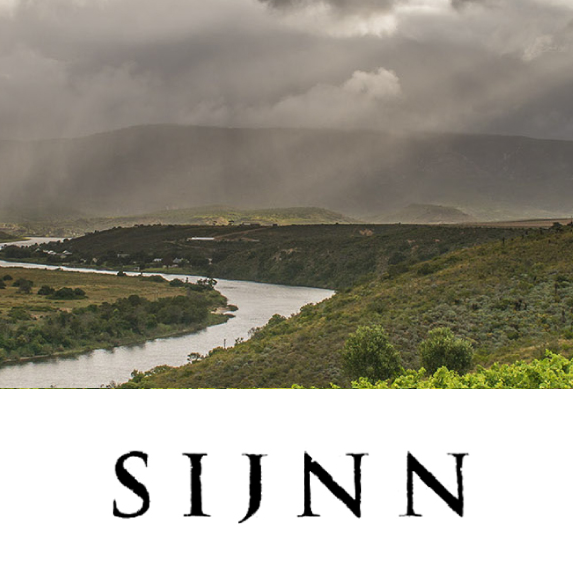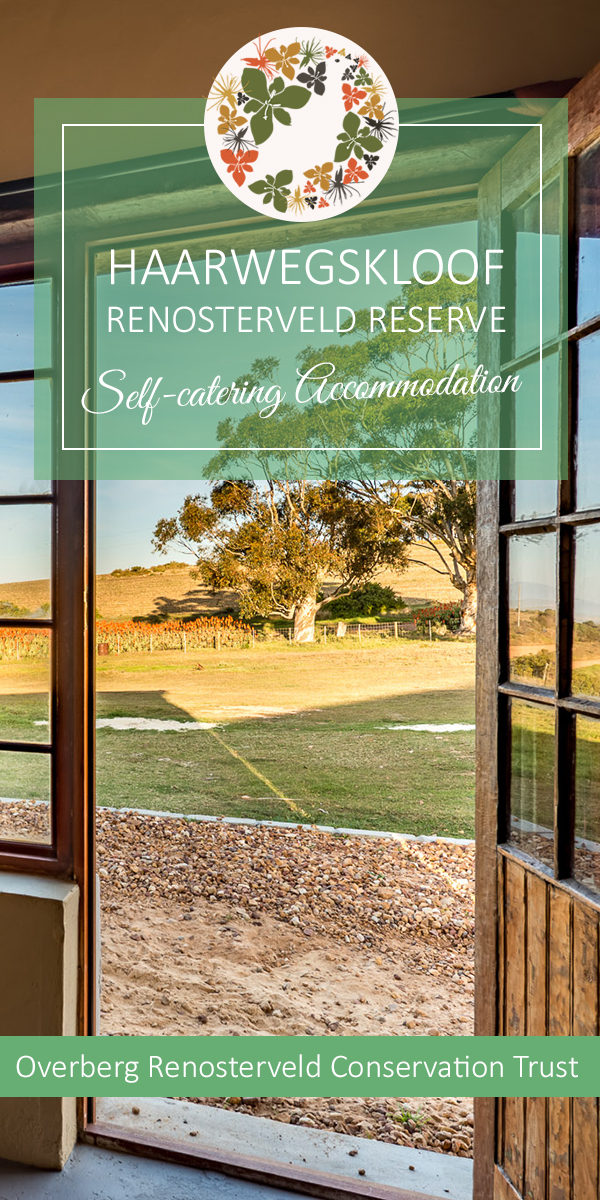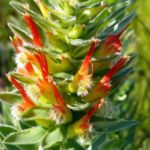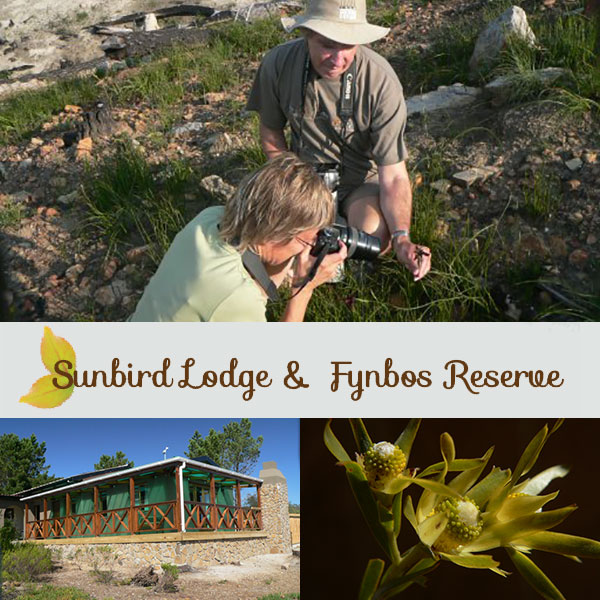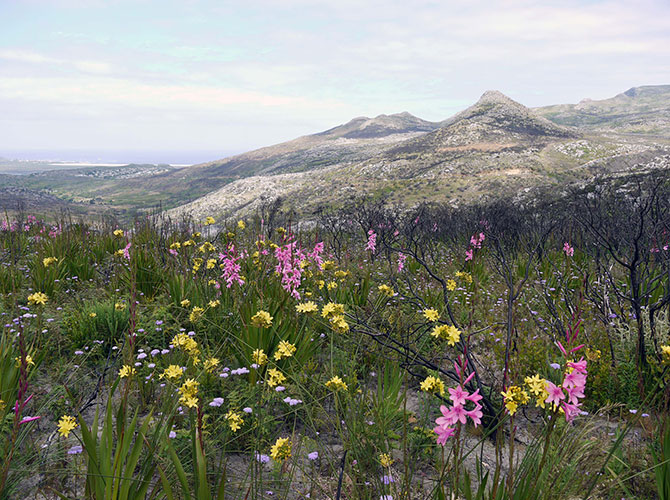
Out of the Ashes: Post fire in Table Mountain National Park
In March 2015 the Peninsula burnt. The biggest veld fire since 2000 raged across Table Mountain National Park. People lost homes and businesses. Bees Marais, one of the country’s top helicopter rescue pilots, tragically lost his life in the line of duty while fighting fire at Cape Point.
The blaze and the acrid smoke cloyed the air all over Cape Town, turning the sky scarlet and orange as the sun went down each day. Hundreds of fire fighters fought the blaze both at the fire-line and from the air in extreme temperatures and high winds to protect lives and property. They are saluted for their courage, strength and hard work. The community rallied around in overwhelming support.


Top: Disa atricapilla. Above: Ixia dubia. Photo © Zoë Chapman Poulsen.
Media coverage of the Peninsula fires was extensive, with many people glued to social media for the latest updates. People were not only mourning the loss of homes, businesses and destroyed lives but also the ‘destruction of thousands of hectares of our precious Fynbos’.
After a wildfire has raged through the landscape it is often forgotten that out of the ashes new life will come. The landscape appears desolate and devoid of all life. Far from the Fynbos being destroyed, it needs fire and is both fire-prone and fire-dependent.
As Carly Cowell, SANParks Regional Ecologist said to Eyewitness News: “You think its devastation, but that isn’t the case. This is cleaning the palate before nature can start painting again”. Within weeks of the fire resprouting plants will start to grow again, flowering plants such as fire lilies stimulated by the smoke emerge and seeds from reseeding Proteaceae will have rained down onto the ground, providing food for rodents and awaiting the coming of the winter rains to germinate and grow.


Top: Aristea africana. Above: Disa racemosa. Photo © Zoë Chapman Poulsen.
As the veld slowly regrew in the following months after the fire, most of the burnt areas of Table Mountain National Park were closed to the public to allow for rebuilding important infrastructure and reducing traffic on footpaths to lessen the likelihood of soil erosion as the Fynbos regrew. For the botanical community, it was like waiting for a chocolate box to be opened….. What would we see in this new post-fire world?
In early summer it was with great anticipation that Silvermines was at last re-opened and Capetonians and the world beyond were once again allowed to roam the mountains there. Our hiking boots went on, our lunch was packed and we headed there as soon as we could.

Above: Post-fire seed cone. Photo © Zoë Chapman Poulsen.
And we weren’t disappointed. There were swathes of pink Watsonia and yellow Bobartia flowering into the distance as far as the eye could see. In the seeps, there were a plethora of different orchids to be seen, including numerous Disa racemosa, usually only seen after a fire. I saw the intricate flowers of Disa atricapilla for the first time growing alongside the bright yellow of Disa tenuifolia and Pterygodium acutifolium.
In between the orchids, there were carpets of Drosera hilaris, a species of sundew. Sundews are insectivorous, supplementing their spartan existence in nutrient-poor soils by catching and digesting insects on sticky glands that cover their leaves. Members of this triffid-like genus of plants can be found on every continent on earth except Antarctica.
Members of the Proteaceae family could be seen everywhere amidst the other flowers. Eventually, they will reach maturity and flower once more. As we climbed upwards through the rocks we were treated to the sight of the spectacular purple and white flower of Disa cornuta right next to the path. Another first for me.
We took a quick detour down into one of the many caves that are scattered across this section of TMNP. It was a much-needed break from the hot summer sun. We enjoyed our lunch together tucked under a rock overhang looking down across False Bay over the Cape Flats and away to Hangklip in the far distance.
We could also see down the Peninsula to Kalk Bay below us, Fishhoek, Glencairn and Simonstown in the far distance. It was a beautiful sight to behold and such a treat after a long time away.

Above: Drosera hilaris. Photo © Zoë Chapman Poulsen.
The Cape fires captured the attention of many, from all over Cape Town and beyond. It brought attention to the challenges of living in a city surrounding a world-famous national park containing thousands of hectares of flammable vegetation.
It brought attention to the tireless work of all those involved in fighting the fires and ‘holding the line’ to keep people and the city’s infrastructure safe in the midst of incredibly tough working conditions. It brought attention to the excellent work of organisations such as the SPCA involved in wildlife search and rescue after the blaze. Sadly there were a few casualties. Nature can be harsh.
The Cape fires also opened up important debate and discussion about the importance of regular control burns within Table Mountain National Park. In the case of the Cape fires, high winds took a huge wildfire across the park during gale force winds, bringing about huge challenges in keeping people and property safe.
This shows the importance of regular control burns of blocks of the park under safe weather conditions to ensure that all areas are burnt at the appropriate fire interval before woody vegetation builds up to the point of creating a raging inferno when it does burn. Sadly despite the great work of all those involved in fire management in the city, this remains a challenging and controversial topic and it is hard to be able to strike the match until it is too late.

Above: Emerging seedlings. Photo © Zoë Chapman Poulsen.
The impacts of the Cape fires on communities and wildlife also serve to show the importance of effective control of alien vegetation, which burns far hotter than fynbos in nature. When the Cape fire moved into the forestry plantations at Tokai so loved by so many for their shade and recreation value it was a terrifying sight to behold. Flames moved high into the air and fire tornadoes raged as fire teams fought to bring the blaze under control.
The fire burnt underground here for weeks afterwards. Now, most of these plantations have been destroyed and the work to clear the vast amounts of burnt timber is still ongoing.
I cannot possibly write about the aftermath of the Cape fires without mention of the ‘Cape Aflame’ book. This beautiful coffee table publication was written with the aim of telling an important story, raising awareness of the challenges of living next to a fire-prone national park.
This publication also raised much-needed funds for organisations such as the Volunteer Wildfire Services to continue their vital work in fire management serving both Cape Town and its environs as well as other communities across the region when it is their turn for fire to come. This book tells the story as it was, told by all those involved, from on the ground, to the fire crews, to the scientists and park management staff.

Above: Resprouters. Photo © Zoë Chapman Poulsen.
In August at the annual Fynbos Forum conference, an important and highly informative keynote address was given by Dalton Gibbs from the City of Cape Town’s Nature Conservation.
While the staff worked tirelessly at the fireline important ‘scientific research’ was also taking place. A burning question needed to be answered, one that has always been surrounded by controversy. When toasted at the margins of a fire, which colour marshmallows taste the best? The pink ones or the white ones? I will leave you, the reader, to decide…..
Find me on Instagram
Plant Information
Connect on Social
Connect on Facebook, Twitter and Instagram
Taking Action
There are many environmental organisations based in Cape Town and beyond that require the services of volunteers to undertake their work. So if you have a little time to spare please get involved.

